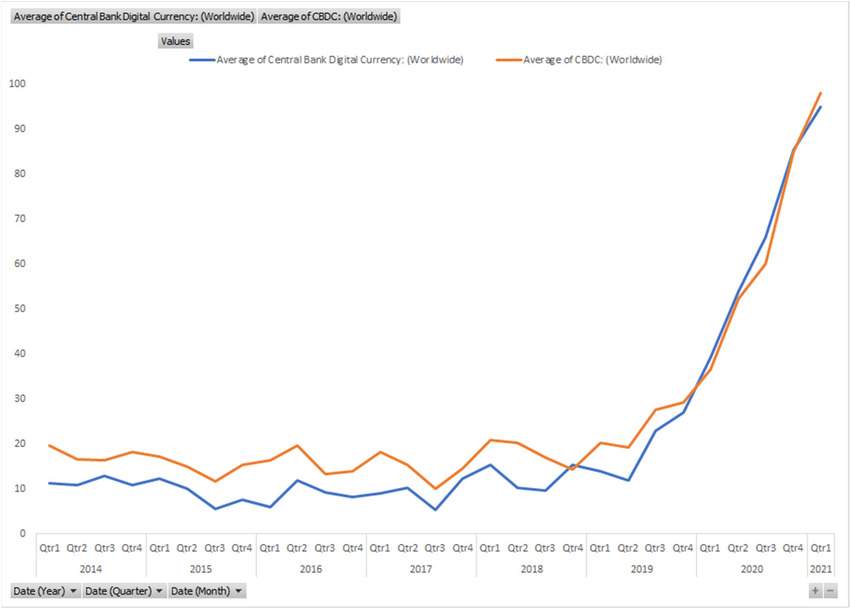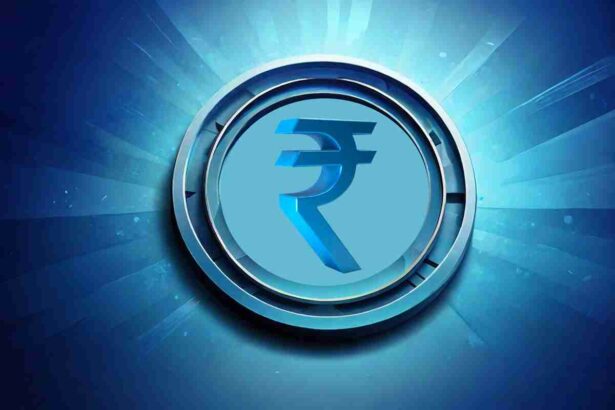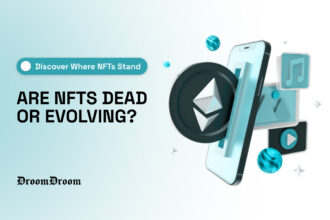As blockchain technology takes new heights so does the technology revolving around it and CBDC is one among those pioneer technologies that has been in the experimental phase under several governments.
The CBDC, or central bank digital currency, is similar to the traditional money that a central bank issues. CBDC can be characterized as a virtual form of fiat money that includes the benefits of digital assets.
Due to lower expenses and the rapid nature of a digital offering, this digital currency would be 1:1 related to fiat reserves and offer citizens a cheaper and more effective means to manage their cash. A CBDC or central bank digital currency that uses blockchain technology would ideally offer cryptocurrencies‘ advantages, such as instantaneous transactions and banking for the unbanked, without their disadvantages, such as potential volatility.
How Does a CBDC Work?
Similar to how conventional funds operate, a CBDC or central bank digital currency operates purely digitally. Users would have a virtual wallet that they could access from their mobile phones or other devices. They would be able to move money between parties, receive government-issued cash like a tax return, and monitor their balances through their mobile devices.
India’s RBI Plans to Launch the Digital Rupee
The Reserve Bank of India (RBI) has issued a report outlining the central bank’s plans to launch a digital rupee pilot program. It states that the digital currency, the “e-rupee,” will offer an additional option to all accepted payment methods. It also has a few of the transactional advantages of other types of digital currency.
Physical cash management is an expensive and time-consuming task in a country as vast and populous as India, which is one of the primary reasons behind creating a central bank digital currency (CBDC). It will help minimize operational expenses associated with currency generation and enhance financial inclusion by establishing a robust, efficient, and creative payment system and fostering innovation in cross-border payments.
The bank is considering both wholesale and retail central bank digital currency (CBDC)s, claiming that the former can enhance settlement systems and the latter can provide direct access to safe money for payment and settlement.

Types of Central Bank Digital Currency (CBDC)
There are two types of central bank digital currency (CBDC)s considered: token-based and account-based.
Token-based CBDC
These CBDCs will be bearer instruments, similar to banknotes, which means that whoever owns the tokens at a particular time would be believed to be the owner. The person receiving this token will be required to prove his ownership. A token-based CBDC is preferable for retail since it will be closer to actual currency.
Account Based CBDC
These systems necessitate keeping track of all CBDC holders’ transactions and balances to identify who owns the money in the account. Here, the mediator validates the account holder’s identity. Account-based central bank digital currency (CBDC) can use for wholesale as per note.
Regarding the choice of technology, the report stated that the infrastructure of CBDCs can be on either distributed ledger technology or a conventional centrally controlled database. According to the report, the two technologies have different levels of efficiency and single-point failure prevention. It also said that the fundamental factors for technology should be cyber security, technical stability, and advanced technological governance norms. The RBI stated in the concept note that concerns about privacy and data protection existed when developing CBDCs.
Conclusion
As per the central bank, “soon a limited pilot will launch e-rupee for specified use cases will begin.” To create a CBDC suitable for a variety of use cases, the continuous development of a digital rupee will probably need further stakeholder participation and iterative design.



















